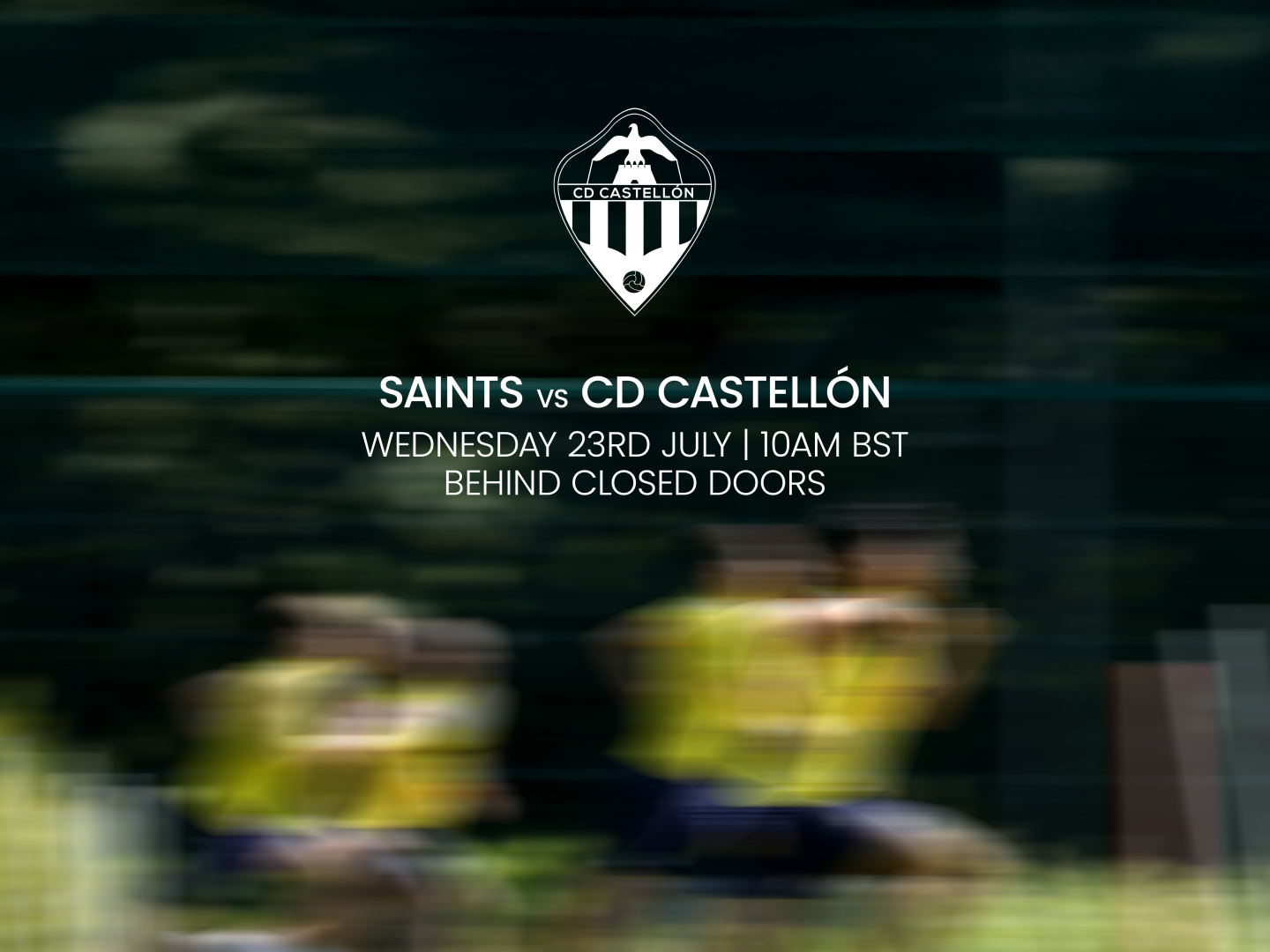Tactical Watch: Saints can exploit patient Chelsea

Sam Tighe looks ahead to the visit of Thomas Tuchel's Chelsea to St Mary's in the latest edition of Tactical Watch, in association with Sportsbet.io.
For many managers in the Premier League, Thomas Tuchel’s arrival at Chelsea adds a mystical element to matches against them. Having never managed in England, the ins and outs of how his tactical style – and how it’s applied to the league – aren’t fully clear yet.
Fortunately for Southampton, Ralph Hasenhüttl has his own experiences to lean on here. He clashed with Tuchel four times in the Bundesliga while managing FC Ingolstadt and RB Leipzig, so will have a good idea of how his team will look to play.
Here are the three keys to taking three points against Chelsea this weekend.
Tuchel has overseen six games so far, and in every single one his Chelsea side have dominated possession.
The Blues’ 58% share of the ball against Tottenham is the lowest figure they’ve accrued so far, while they’ve hit the 70% mark against Wolves, Burnley and Barnsley. Every team they’ve played has had to face long periods where they simply don’t touch the ball.
Jorginho and Mateo Kovačić have overseen some pretty heavy ball circulation from their central midfield berths, recycling it between themselves and the back line. The intent of this appears to be equal parts waiting for the right pass forward to open up and defending simply by being in possession.
With such a monopoly on the ball, Chelsea’s defence have been subjected to very few attacks of note. The only goal they’ve conceded in six games is an unfortunate own goal, and their Expected Goals Against (xGA) figures – the number of goals you’d expect them to concede based on the quality of their opponent’s shots – are excellent, somewhere between 0.2 and 0.7 in each game.
They undoubtedly represent a tough nut to crack right now.
This might seem pretty galling to some managers, but Hasenhüttl will think differently.
He favours games in which opponents string longer passing sequences together and build more slowly from the back, as it opens up opportunities for Southampton to press. The more ball circulation in deeper areas, the more chances his side have to disrupt, trap and pounce.
It partially explains Saints’ fantastic record against the Premier League’s top clubs since Hasenhüttl arrived; why wins against the likes of Liverpool, Manchester City, Arsenal and more have not only occurred, but been well executed and earned.
Hasenhüttl will show no fear and demand his players do the same, encouraging his attackers to pin their ears back and go.
A curious quirk to Chelsea’s attacking play has already emerged under Tuchel: César Azpilicueta, the right-centre-back in a back three, sometimes overlaps his wing-back during counter-attacks and transitions.
It’s an odd sight – and not just because with more than 600 appearances under his belt, Azpilicueta’s days of busting out 60-yard sprints were assumed to be done. It happens when Chelsea can break the opponent’s press and get the ball to the feet of their right-wing-back (either Callum Hudson-Odoi or Reece James), who then carry it forward into space.
Azpilicueta can’t resist the urge to steam forward and join in, taking the wider lane than the wing-back and providing an overload option.
On Chelsea’s opposite flank, things look slightly more traditional: Ben Chilwell and Marcos Alonso have played typical wing-back roles, while Timo Werner plays the space between them and the striker selected. Allowed to hover in that channel and burst into space, we’re seeing the Werner that excelled at RB Leipzig more often than not now.
The two flanks pose very different types of threats, changing the tasks of Saints’ right- and left-sided personnel considerably.

